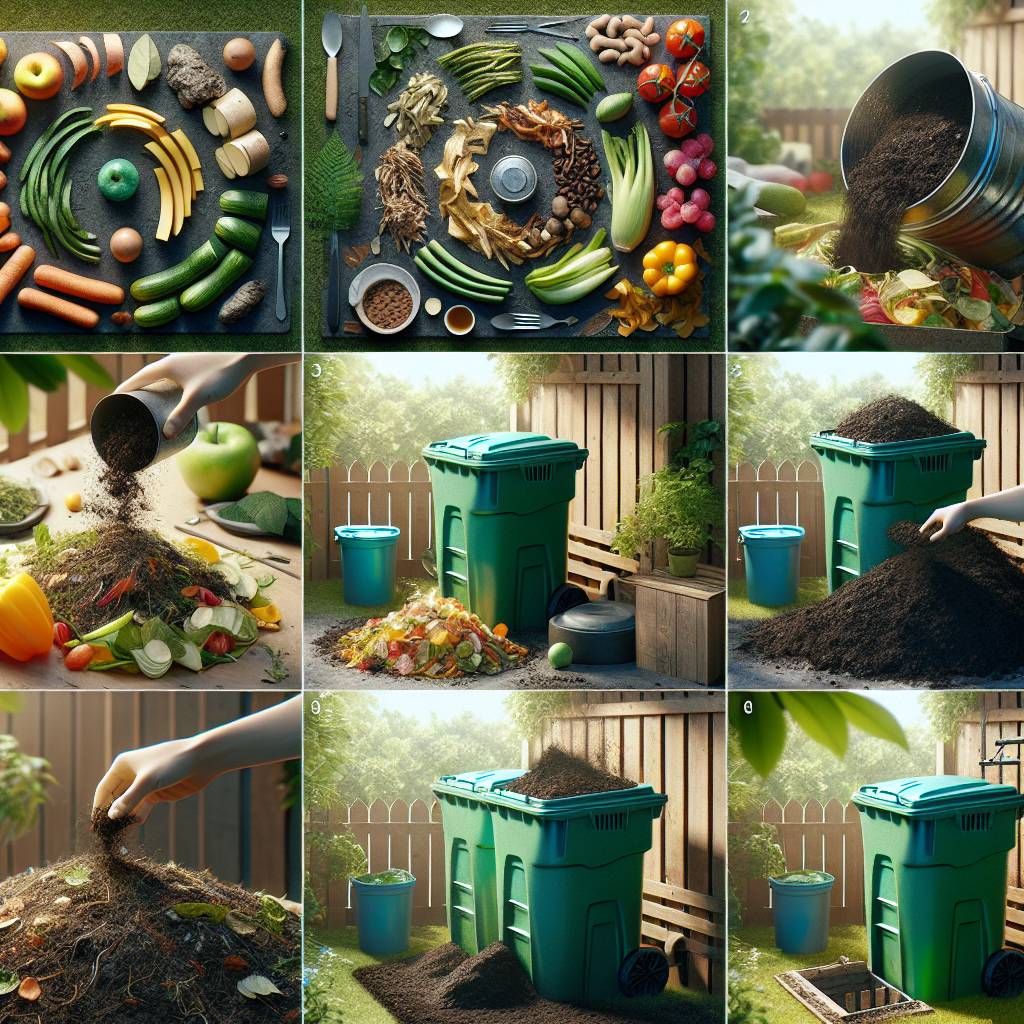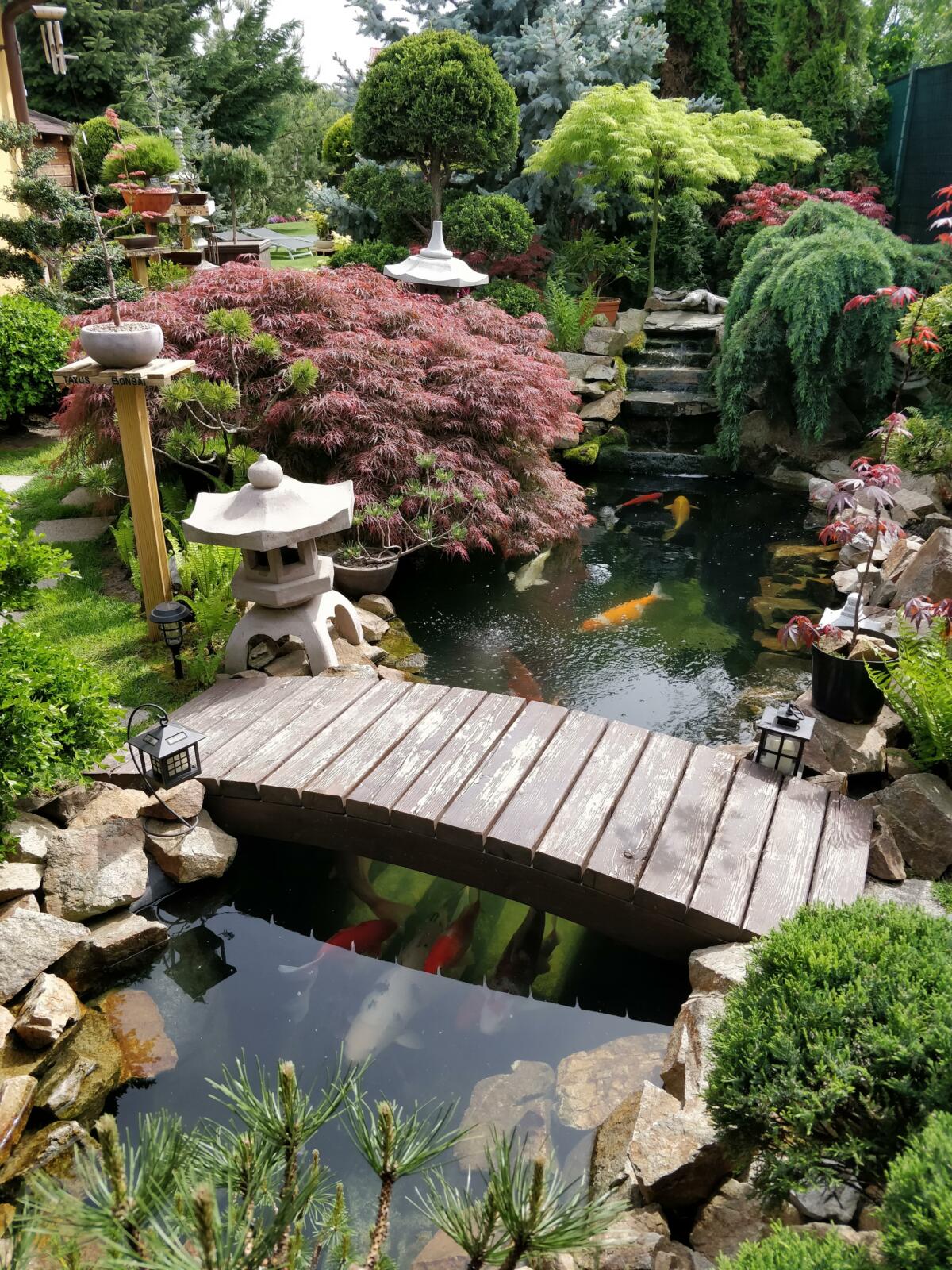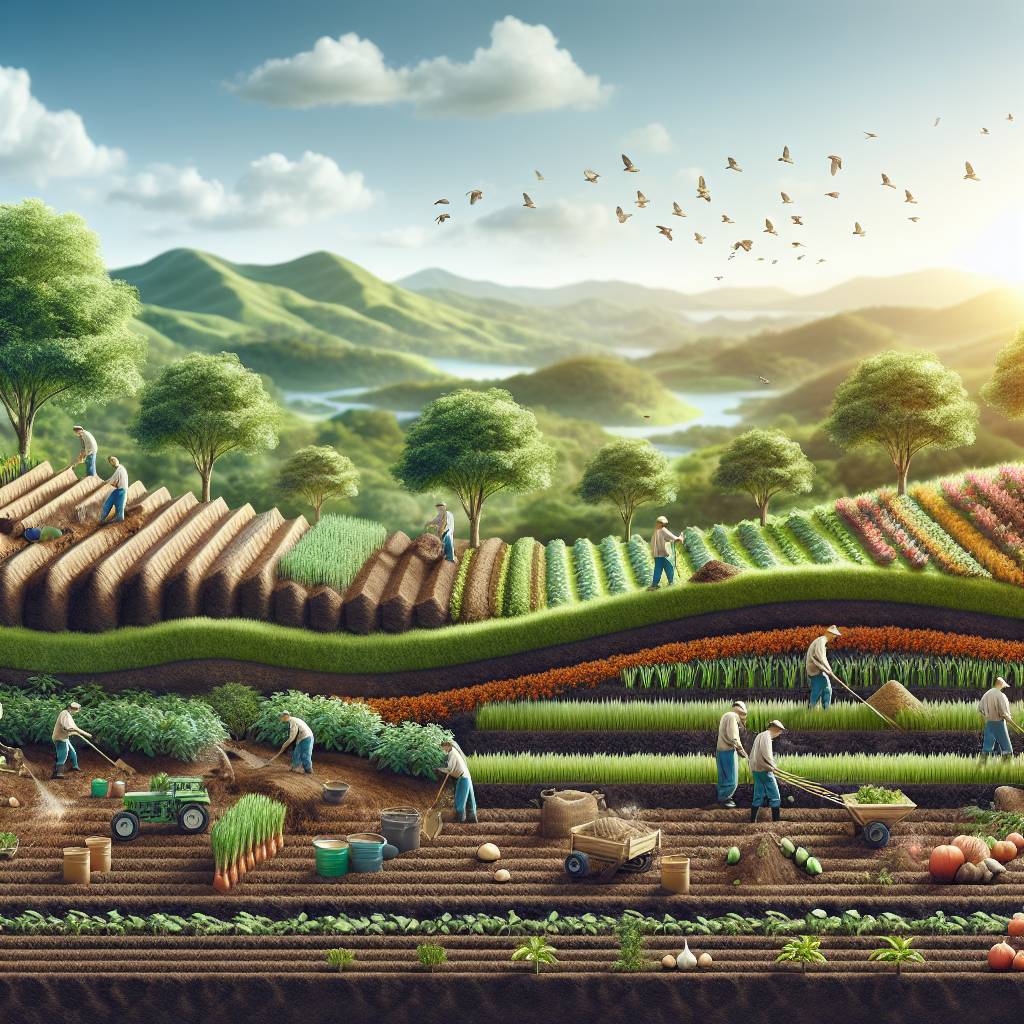Ever wondered how to turn your kitchen scraps, yard waste, grass clippings, and organic materials into nutrient-rich soil for your garden using vermicomposting or a composter? In this step-by-step guide, we’ll delve into the art of composting, a practice dating back centuries. From ancient agricultural civilizations to modern sustainable living movements, composting has remained a tried-and-true method for reducing waste and enriching the earth.
Composting is not only environmentally friendly but also surprisingly simple. With just a composter, food scraps, grass clippings, and worms, you can transform organic matter into “black gold” that will nourish your plants and reduce landfill waste. Join us as we explore the fascinating world of composting and learn how to create your own rich, dark humus from kitchen scraps and yard clippings.
Key Takeaways
- Composting at home is an easy and eco-friendly way to reduce waste and create nutrient-rich soil for your garden.
- Start by understanding the basics of composting and the essential ingredients needed for a successful compost pile, such as green and brown materials.
- Utilize simple steps to begin backyard composting, including layering organic materials, turning the pile, and maintaining proper moisture levels.
- Consider different methods of backyard composting, such as traditional composting bins, tumblers, or open piles, to find the best fit for your space and needs.
- Explore vermicomposting as a worm-driven process that accelerates the decomposition of organic matter and produces high-quality compost.
- Regularly manage and maintain your compost pile by monitoring its temperature, adding the right mix of materials, and troubleshooting common issues to ensure efficient decomposition.
Understanding the Basics of Composting
The Decomposition Process
Composting is the decomposition of organic waste into nutrient-rich soil. This natural process involves the breakdown of materials like food scraps, yard waste, and other biodegradable items. During decomposition, microorganisms such as bacteria and fungi break down the organic matter, including food scraps, transforming it into a valuable resource for enriching soil.
The key elements for successful composting are air, water, carbon, and nitrogen. Adequate airflow within the compost pile ensures that beneficial aerobic bacteria thrive while breaking down the organic material. Maintaining proper moisture levels in the bin by adding water when needed creates an environment conducive to microbial activity. Achieving a balance between carbon-rich (brown) materials like dry leaves or straw and nitrogen-rich (green) materials such as kitchen scraps or grass clippings is essential for efficient decomposition.
Environmental Benefits
Composting plays a crucial role in reducing landfill waste and greenhouse gas emissions. When organic matter ends up in landfills bin without undergoing proper decomposition through composting, it releases methane—a potent greenhouse gas—during its anaerobic breakdown process. By diverting these materials from landfills and instead converting them into nutrient-rich soil amendments through composting, individuals can contribute to mitigating climate change by minimizing methane emissions.
Moreover, utilizing finished compost in gardens or landscaping helps improve soil structure and fertility without relying on synthetic fertilizers. This not only reduces reliance on chemical-based products but also promotes healthier plant growth while decreasing environmental pollution caused by runoff from conventional fertilizers.
Benefits of Composting at Home
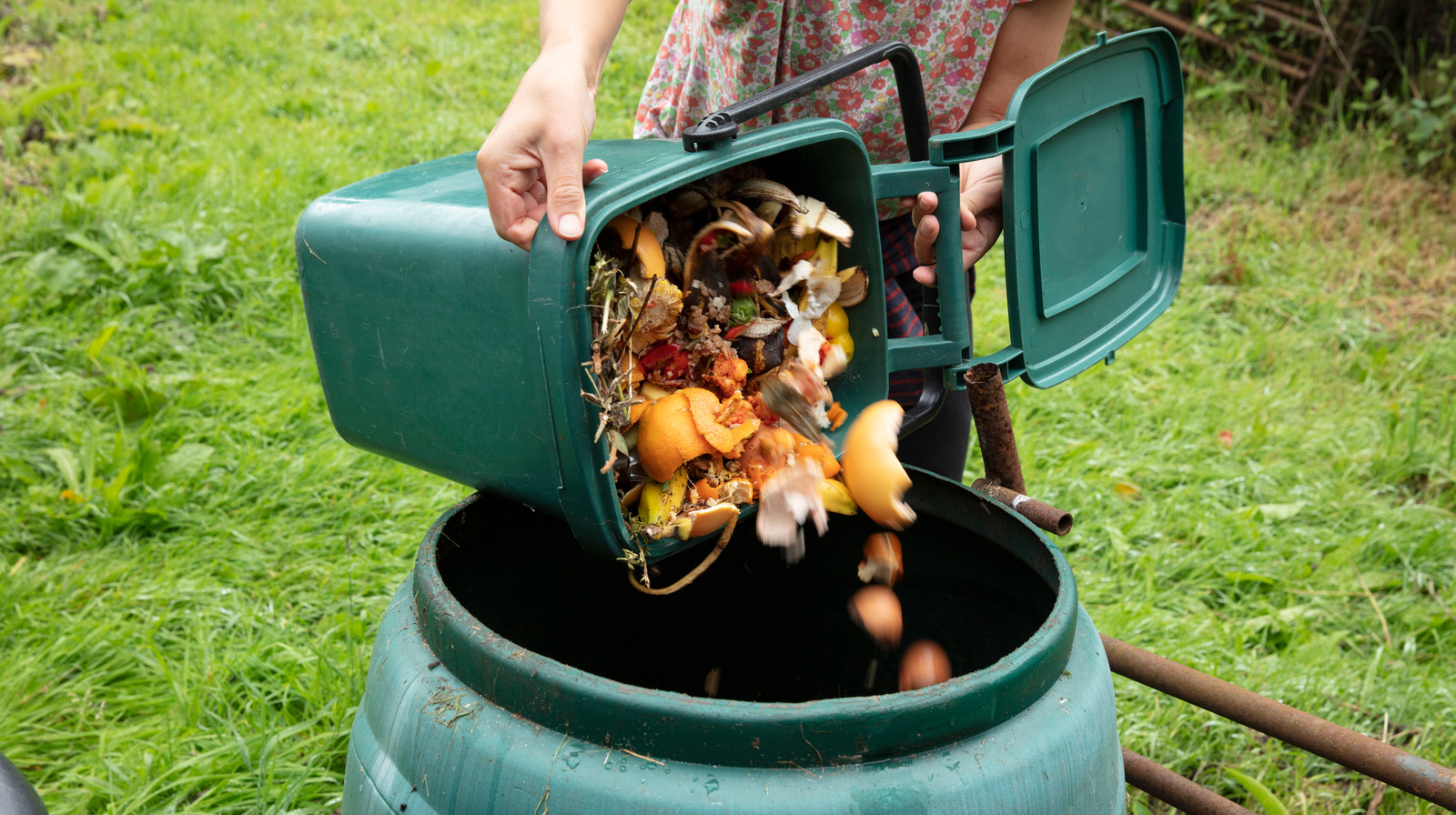
Reducing the Need for Chemical Fertilizers and Pesticides
Composting at home significantly reduces the need for chemical fertilizers and pesticides. When organic waste is composted, it naturally breaks down into a nutrient-rich soil amendment. This means that you won’t have to rely as much on synthetic chemicals to enrich your soil or protect your plants from pests. By avoiding these harmful substances, you contribute to creating a healthier environment for yourself and others.
Home composting also helps in reducing reliance on chemical fertilizers and pesticides, which can harm beneficial organisms in the soil. Instead of using these potentially harmful products, home composting provides an eco-friendly alternative that supports a balanced ecosystem in your garden or yard.
Improving Soil Structure, Moisture Retention, and Nutrient Content
One of the remarkable benefits of composting at home is its positive impact on soil quality. The resulting compost improves the structure of your soil by enhancing its ability to retain moisture while also promoting better drainage. Moreover, it increases the nutrient content within the soil itself.
The improved structure allows water to infiltrate more effectively into the ground rather than running off during heavy rains or watering sessions. Plus, better moisture retention means less frequent watering requirements for your plants – saving both time and resources! As nutrients are released gradually from compost into the surrounding soil over time, this natural process ensures that plant roots receive a steady supply of essential nourishment.
Saving Money on Buying Commercial Soil Amendments
When you engage in home composting practices, you’re essentially creating your own high-quality fertilizer without spending extra money on commercial alternatives. By utilizing kitchen scraps like fruit peels and vegetable trimmings along with yard waste such as leaves or grass clippings, you’re transforming what might have been considered “waste” into valuable resources for nurturing healthy plant growth.
This cost-effective approach not only saves money but also decreases dependency on store-bought amendments laden with unknown additives or chemicals. With minimal investment in a simple home composter setup (which could even be made DIY-style), you’ll be able to produce nutrient-dense compost right in your backyard – all while contributing positively to environmental sustainability!
Essential Ingredients for a Successful Compost
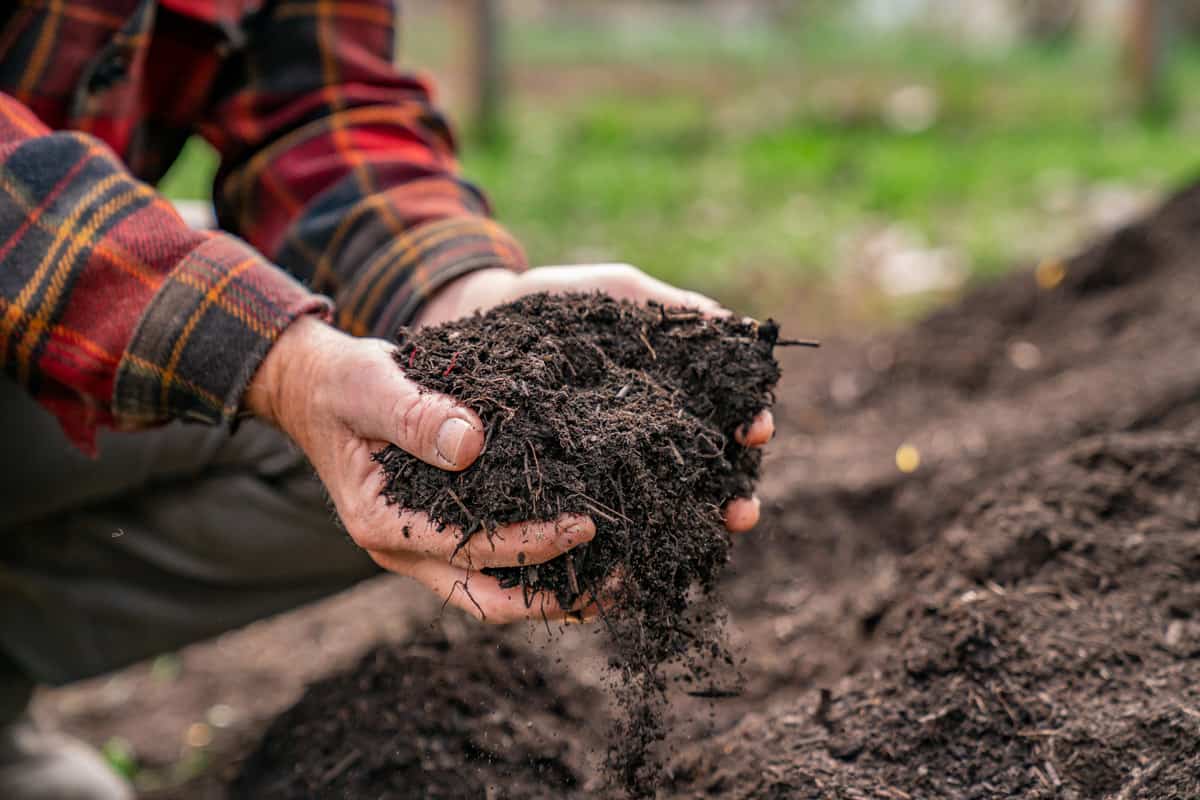
Carbon-Rich Materials
Carbon-rich materials such as dry leaves, straw, and shredded paper are vital components of successful compost. These materials provide the necessary energy for microorganisms to thrive and break down organic matter. For instance, dry leaves act as “brown” materials in the composting process, contributing to the overall balance of carbon and nitrogen.
When these carbon-rich components decompose, they create a porous structure that helps improve garden soil by enhancing its ability to retain water and nutrients. This results in healthier plants with stronger root systems due to the improved soil texture.
Nitrogen-Rich Materials
In addition to carbon-rich ingredients, nitrogen-rich materials like kitchen scraps and grass clippings are equally crucial for effective composting at home. Kitchen scraps contain high levels of nitrogen which provide essential protein for microorganisms involved in the decomposition process.
Maintaining an appropriate balance between carbon and nitrogen is fundamental for successful composting. The ideal ratio of these two elements ensures efficient decomposition while preventing foul odors or attracting pests.
Achieving Balance: C:N Ratio
The proper balance between carbon-rich (C) and nitrogen-rich (N) materials is referred to as the C:N ratio, which plays a pivotal role in creating high-quality compost. A balanced C:N ratio promotes an optimal environment for beneficial microorganisms responsible for breaking down organic matter into nutrient-rich humus.
Simple Steps to Start Backyard Composting
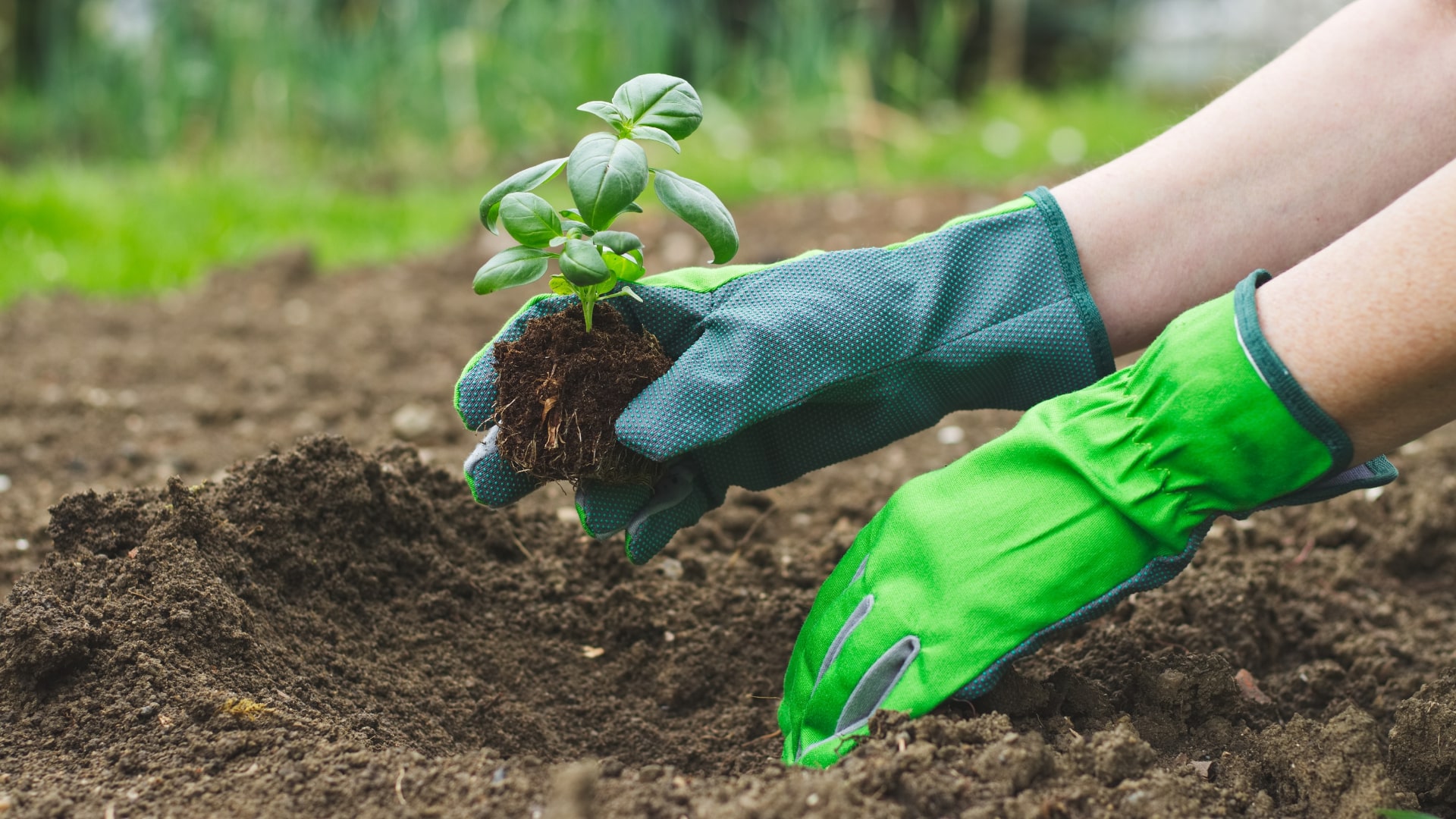
Choosing the Right Location
When starting composting at home, it’s crucial to select an appropriate spot for your compost pile or bin. Look for a shady area in your backyard, as excessive sunlight can dry out the compost and slow down the decomposition process. Consider proximity to a water source for easy access when moistening the compost.
Finding a suitable location is essential because it sets the stage for successful decomposition. Without proper shade and moisture, your compost may not break down effectively, leading to unpleasant odors and attracting pests such as flies or rodents.
Layering Green and Brown Materials
To create a balanced compost pile, alternate between green and brown materials. Green materials include kitchen scraps like fruit peels, vegetable trimmings, and coffee grounds. On the other hand, brown materials consist of items such as dried leaves, straw, or shredded newspaper.
Layering these materials helps maintain an optimal carbon-to-nitrogen ratio in the compost pile. For example, adding too much green material without enough brown material can result in a slimy mess that emits foul odors due to excess nitrogen.
In addition to maintaining balance within your compost, layering green and brown materials also promotes efficient decomposition by providing diverse nutrients for microorganisms that break down organic matter.
Turning or Mixing Your Compost Regularly
Regularly turning or mixing your compost is vital for promoting airflow throughout the pile. This practice ensures that microorganisms responsible for breaking down organic matter receive adequate oxygen levels necessary for their activity.
Methods of Backyard Composting
Traditional Composting
Traditional composting is a straightforward method that involves creating a pile or using a bin to decompose organic waste over time. This process relies on the natural breakdown of materials like fruit and vegetable scraps, eggshells, coffee grounds, and yard trimmings. The key to successful traditional composting lies in maintaining the right balance of green (nitrogen-rich) and brown (carbon-rich) materials. Green materials include food scraps and grass clippings, while brown materials consist of dry leaves, straw, and paper products.
When you start your traditional compost pile or bin, remember to layer green and brown materials alternately. Regularly turning the pile with a pitchfork or shovel helps aerate it by providing oxygen for beneficial microorganisms that break down the waste. Within a few months to a year, depending on environmental conditions such as temperature and moisture levels, you’ll have nutrient-rich compost ready for use in your garden.
Trench Composting
Trench composting is an alternative method where organic waste is buried directly into garden beds or trenches instead of being placed in bins or piles above ground. This technique allows nutrients from the decomposing material to enrich the soil directly where plants can benefit from them most. To trench compost effectively, dig a trench about 12-18 inches deep in your garden bed; then add layers of kitchen scraps mixed with yard waste before covering them with soil.
Trench composting offers several benefits including improved soil structure due to increased biological activity underground as well as reduced odors since decomposition occurs beneath the surface. This method encourages earthworms and other beneficial organisms which further enhance soil health.
Bokashi Composting
Bokashi composting utilizes beneficial microbes to ferment food waste inside an air-tight container rather than breaking it down through aerobic decomposition like traditional methods do. This anaerobic fermentation process allows for faster breakdown of all types of food waste including meat and dairy products which are typically not recommended for traditional composting systems.
To begin bokashi composting, simply place food scraps into an air-tight bucket layered with bokashi bran – a mixture containing effective microorganisms that aid in fermentation – then press down firmly after each addition before sealing it tightly with minimal exposure to oxygen.
Vermicomposting: The Worm-Driven Process
Redworms
Redworms, scientifically known as Eisenia fetida, are the stars of vermicomposting. They play a crucial role in breaking down organic matter into nutrient-rich castings. These worms have voracious appetites and can consume their own weight in food every day.
These redworms thrive in a controlled environment, making them perfect for vermicomposting at home. Their ability to process organic waste quickly and efficiently makes them popular among home composters.
Worm Bins
Maintaining an ideal environment inside the worm bin is essential for successful vermicomposting. It’s crucial to keep the bin moist, well-aerated, and properly fed with kitchen scraps. A moisture level of around 70% is optimal for the worms’ health and digestion process.
Aeration is also vital to ensure that enough oxygen reaches the microorganisms responsible for breaking down the organic matter. Properly aerating the worm bin prevents unpleasant odors from developing while creating an ideal habitat for beneficial organisms.
Managing and Maintaining Your Compost Pile
Monitoring Moisture Levels
It’s crucial to monitor the moisture level of your compost pile to ensure it remains damp but not waterlogged. This balance is essential for the decomposition process. If the pile becomes too dry, decomposition slows down, while an overly wet pile can lead to unpleasant odors and attract pests.
To maintain the right moisture level, consider covering your compost with a tarp during heavy rain or watering it lightly during dry spells. Mixing in kitchen scraps like fruit and vegetable peels can help add moisture naturally.
Turning and Mixing Compost
Regularly turning or mixing your compost serves multiple purposes. It helps distribute heat evenly throughout the pile, which is essential for effective decomposition. Moreover, turning or mixing aerates the compost, promoting airflow that is vital for maintaining a healthy balance of microorganisms.
This process also ensures that all parts of the compost receive equal exposure to oxygen – another critical factor in successful decomposition. To achieve this, use a pitchfork or shovel to turn your compost every few weeks. Remember that proper aeration encourages beneficial bacteria growth while discouraging anaerobic bacteria that produce foul odors.
Adding Bulking Agents
In addition to monitoring moisture levels and regular turning/mixing, adding bulking agents such as wood chips or shredded cardboard plays a significant role in maintaining airflow within your compost pile.
These bulking agents create air pockets within the pile, allowing oxygen to reach deeper into its core where most of the decomposition occurs. Without adequate airflow at these depths, organic matter may decompose slowly or emit unpleasant smells due to anaerobic conditions.
Consider layering wood chips between food scraps when adding them to your bin or incorporating shredded cardboard into each turn of your compost heap.
Troubleshooting Common Composting Issues
Foul Odors
If your compost pile emits foul odors, it may indicate an imbalance in the pile. This could be due to excessive moisture or a lack of oxygen. To address this issue, consider adding more dry materials like leaves or straw to absorb the excess moisture and improve aeration. Turning the compost regularly can help introduce oxygen into the mix, promoting decomposition and reducing unpleasant smells.
Another way to tackle foul odors is by ensuring that you have a good balance of green (nitrogen-rich) and brown (carbon-rich) materials in your compost bin. The ideal ratio for successful decomposition is approximately 25-30 parts carbon to 1 part nitrogen. By maintaining this balance, you can prevent anaerobic conditions that lead to bad smells.
Pest Control
Dealing with pests such as fruit flies in your compost pile can be frustrating but manageable. One effective method is to cover food scraps with a layer of carbon-rich material like dried leaves or shredded paper. This creates a barrier that deters pests while also helping maintain the proper C:N ratio within the pile.
Moreover, avoid adding meat, dairy products, or oily foods to your compost as they attract unwanted critters and slow down decomposition. Regularly turning the pile not only introduces oxygen but also disrupts pest habitats, making it less appealing for them.
Slow Decomposition
When faced with slow decomposition, adjusting the C:N ratio or increasing aeration can make a significant difference in accelerating the process. If there’s an abundance of green materials causing slow breakdown, add more brown components like cardboard or sawdust to restore equilibrium.
Furthermore, mixing up different sizes of organic matter helps create air pockets within the heap which enhances airflow and encourages microbial activity essential for efficient decomposition.
Harvesting and Utilizing Your Compost
Recognizing Mature Compost
Once your compost is dark, crumbly, and smells earthy, it’s ready for use. This indicates that the organic materials have broken down into rich humus. When you notice these characteristics in your compost, it’s time to harvest and utilize it.
Mature compost is a valuable resource for enriching soil and nourishing plants. It contains essential nutrients that help improve soil structure and promote healthy plant growth. By recognizing when your compost has matured, you can ensure that it’s used at its most beneficial stage.
Sieving or Sifting
Before utilizing the compost, consider sieving or sifting it to remove any large debris or unfinished materials. This process helps create a finer texture suitable for various applications such as potting mix ingredients or mulch.
Sifting the compost also separates out any remaining recognizable food scraps like vegetable peels or eggshells which can be returned to the composter for further decomposition. This step ensures that only fully decomposed material is used in gardening applications.
Utilization of Finished Compost
The finished compost can be utilized in several ways: as a soil amendment, mulch, or ingredient in potting mixes. When using finished compost as a soil amendment, incorporate it into garden beds before planting new crops to enhance soil fertility and structure.
As mulch, spread a layer of finished compost around the base of plants to suppress weed growth and conserve moisture while providing essential nutrients over time as it breaks down further.
In potting mixes for container gardening or starting seeds indoors, blend finished compost with other components like peat moss and perlite to create a balanced growing medium rich in organic matter.
Final Remarks
Congratulations on completing this journey to understanding the art of composting! You’ve learned the basics, explored various methods, and discovered the benefits of turning kitchen scraps into “black gold” for your garden. Now it’s time to take action. Start your compost pile, whether in a bin or directly in your backyard, and begin the process of transforming waste into nutrient-rich soil. Embrace the challenges that may arise, troubleshoot with confidence, and soon you’ll be harvesting your own compost to nourish your plants. Get your hands dirty and enjoy the rewarding experience of contributing to a sustainable environment right from your home.
Now, go out there and let your enthusiasm for composting inspire others to join in. Share your knowledge, lend a helping hand, and together, let’s make our planet a greener and healthier place for all living beings!
Frequently Asked Questions
How can I start composting at home?
To start composting at home, you’ll need a designated area, such as a bin or pile, and a mix of green and brown materials. Layer these materials and keep the pile moist. Turn it regularly to aerate. With time and patience, nature will work its magic.
What are the benefits of composting at home?
Composting at home reduces waste sent to landfills, enriches soil with nutrients, promotes healthier plant growth, and helps conserve water by improving soil’s ability to retain moisture. It’s an eco-friendly way to recycle organic matter while creating nutrient-rich fertilizer for your garden.
Can I use any type of food scraps in my compost pile?
Most fruit and vegetable scraps are excellent additions to your compost pile. However, avoid adding meat or dairy products as they can attract pests and produce unpleasant odors. Also steer clear of oils or fats that can disrupt the decomposition process.
How do I troubleshoot common issues with my compost pile?
If your compost is too wet or smelly, it may need more browns like dry leaves or shredded paper to balance out excess moisture. If it’s not decomposing quickly enough, ensure proper aeration by turning the pile regularly and checking its temperature.
When is the right time to harvest my compost?
Your compost is ready when it turns dark brown with an earthy smell – usually after 2-6 months depending on conditions. Use a screen to sift out any large particles before using this “black gold” in your garden beds for nourishing your plants.
